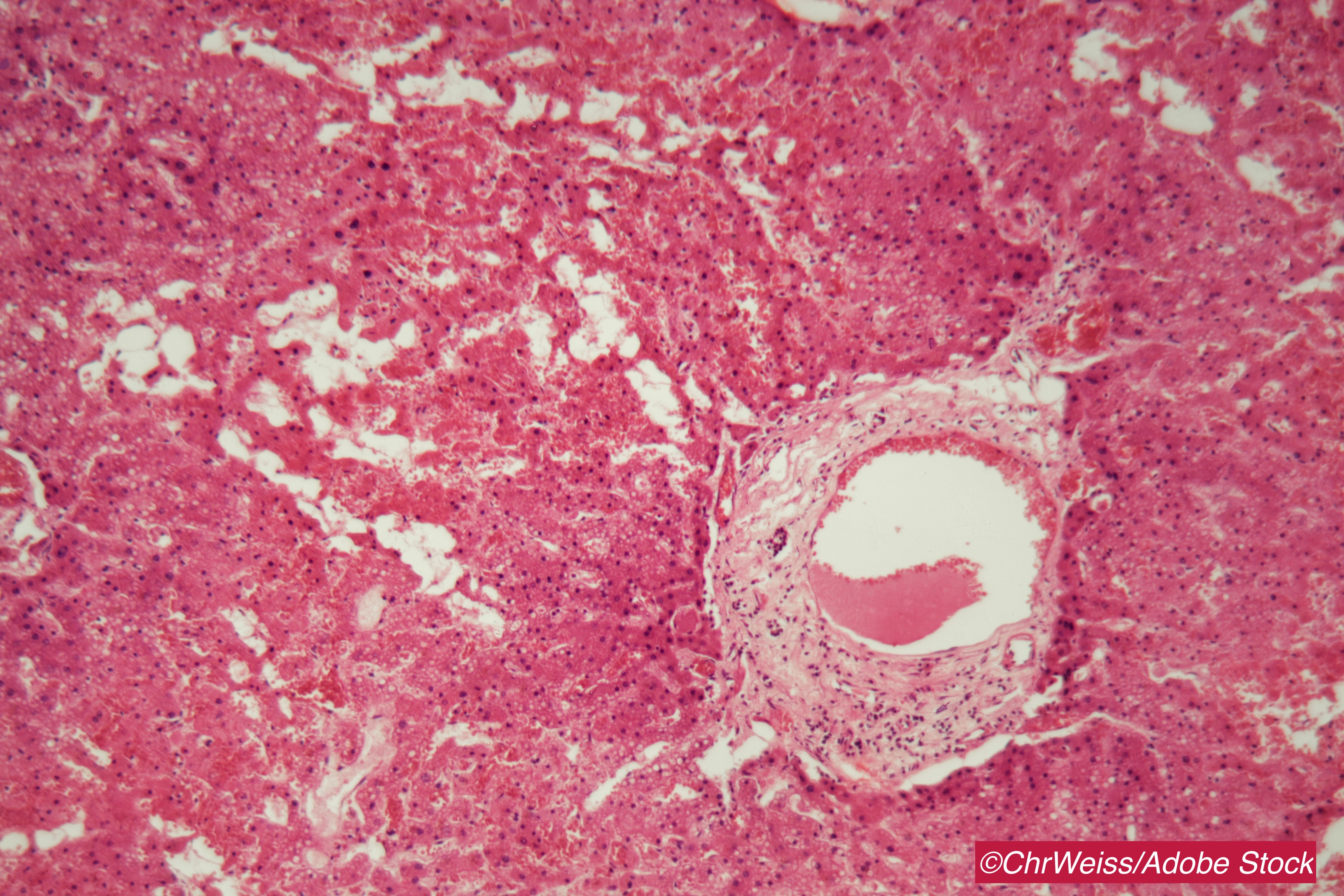
The results of the ANDROMEDA trial, which tested a combination of agents approved for treatment of multiple myeloma in patients newly diagnosed with systemic immunoglobulin light-chain amyloidosis, suggested that the addition of daratumumab to bortezomib, cyclophosphamide, and dexamethasone improves complete hematologic response and protects major organ deterioration.
Complete hematologic response was achieved in 52.3% of the daratumumab-based therapy group versus 18.1% in the control group (bortezomib/cyclophosphamide/dexamethasone alone) for a relative-risk ratio of 2.9 (95% CI 2.1-4.1, P<0.001) Efstathios Kastritis, MD of the Department of Clinical Therapeutics, National and Kapodistrian University of Athens, School of Medicine, Athens, Greece, and co-investigators reported in The New England Journal of Medicine.
“Recently the criteria for complete response were updated by the International Society of Amyloidosis, and when the results are calculated using those new criteria, the daratumumab group still achieved a significantly greater level of complete response—54.4% versus 26.9% relative-risk ratio of 2.0 (95% CI, 1.5-2.6; odds ratio, 3.1; 95% CI, 2.1-4.8; P<0.001 for both comparisons),” they wrote.
Moreover, at “6 months, more cardiac and renal responses occurred in the daratumumab group than in the control group (41.5% versus 22.2% and 53.0% versus 23.9%, respectively).”
Immunoglobulin light-chain amyloidosis is frequently lethal, and its diagnosis is often delayed. A key factor in improving outcome is the rapidity and depth of hematologic response, a consideration that led Kastritis and colleagues to test the addition of daratumumab, a human IgG-k monoclonal antibody that targets CD38, in these patients. “Daratumumab has a direct antitumor and immunomodulatory mechanism, with demonstrated efficacy as monotherapy or in combination with standard-of-care regimens for multiple myeloma.”
The phase III, open-label trial randomized 388 patients (195 to daratumumab and 193 to the control group) from 109 sites in 22 countries from May 3, 2018, through Aug. 15, 2019. The median age of patients was 64 and the median time since diagnosis was 43 days. “The median baseline difference between the involved and uninvolved free light-chain levels was 187 mg per liter (range, 1 to 9983). A total of 254 patients (65.5%) had two or more organs involved; 71.4% of the patients had heart involvement, and 59.0% had kidney involvement. The majority of patients (76.8%) were classified as having a cardiac stage of II or higher,” they wrote.
Both treatment groups received 6 cycles of bortezomib, cyclophosphamide, and dexamethasone, but patients in the daratumumab arm also received daratumumab (subcutaneous) followed by daratumumab monotherapy every four weeks for up to 24 cycles.
The median follow-up was 11.4 months, and the primary endpoint was completed hematologic response.
“Landmark analysis of hematologic complete response at 6 months showed percentages consistent with overall hematologic complete response (49.7% in the daratumumab group versus 14.0% in the control group; relative risk ratio, 3.5; 95% CI, 2.4-5.2; odds ratio, 6.1; 95% CI, 3.7-10.0; P<0.001 for both comparisons),” Kastritis and colleagues wrote. “The median time to hematologic complete response was 60 days in the daratumumab group and 85 days in the control group.”
Overall, there were 56 deaths among participants—27 in daratumumab group and 29 in the control group. Serious adverse events, including pneumonia, occurred in 43.0% of patients in the daratumumab group and 36.2% of control patients.
The authors pointed out that “the maintenance therapy received by patients in the daratumumab group may affect outcomes such as survival free from major organ deterioration or hematologic progression and survival free from major organ deterioration, hematologic progression, or subsequent therapy. Despite this longer duration of therapy, analysis without censoring for subsequent therapy still showed significantly longer survival free from major organ deterioration or hematologic progression in the daratumumab group than in the control group.”
“The safety profiles of daratumumab and bortezomib, cyclophosphamide, and dexamethasone in this trial were consistent with their known safety profiles and the underlying disease,” Kastritis and colleagues wrote. “As in previous trials of daratumumab involving patients with multiple myeloma, an increase in hematologic adverse events and infections was observed. Peripheral neuropathy was more frequent in the daratumumab group than in the control group, but the incidence of grade 3 or 4 peripheral sensory neuropathy was low and similar in the two groups.”
Overall, Kastritis and colleagues concluded that the addition of daratumumab to the standard therapy regimen resulted in significantly better outcomes.
-
Be aware that in an open-label, phase III trial, the addition of daratumamb to bortezomab, cyclophosphamide, and dexamethasone significantly improved outcomes among patients with systemic immunoglobulin light-chain amyloidosis.
-
In the ANDROMEDA trial, response to therapy occurred more rapidly in the daratumumab-based treatment group.
Peggy Peck, Editor-in-Chief, BreakingMED™
The study was supported by Janssen Research and Development.
Kastritis reported receiving grant support and advisory board fees from Amgen, advisory board fees and travel support from Genesis Pharma, grant support, advisory board fees, and travel support from Janssen Global Services, and advisory board fees from Pfizer and Takeda Oncology
Cat ID: 118
Topic ID: 78,118,730,914,118,127,192,925


